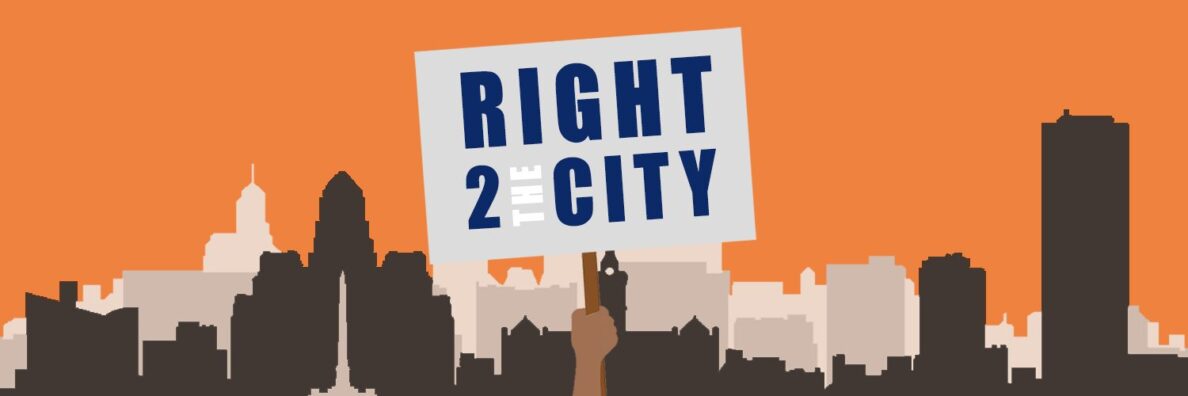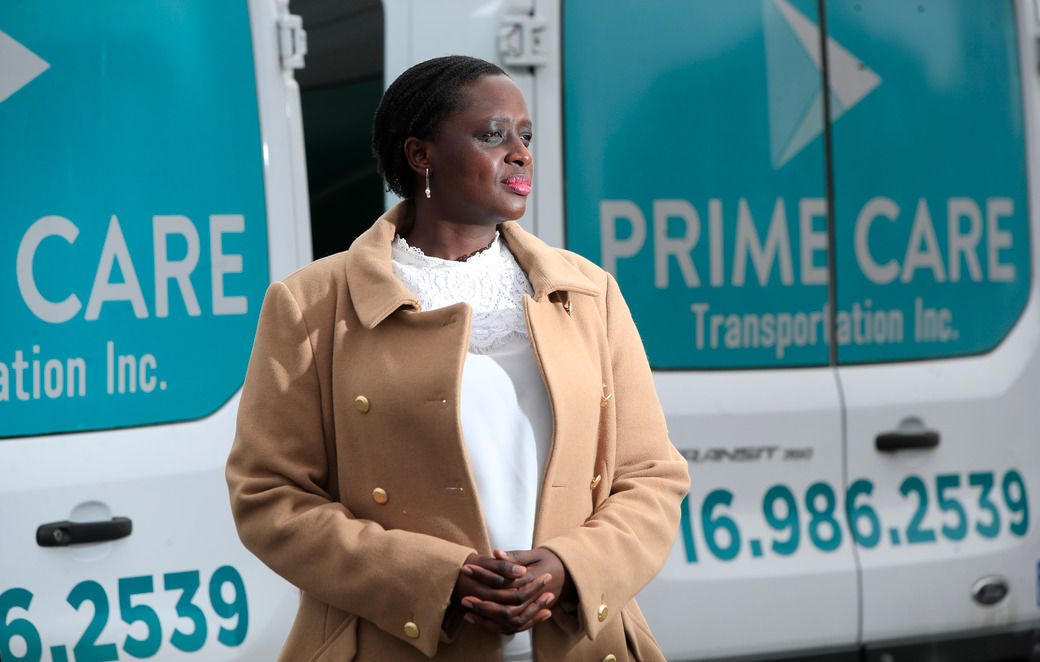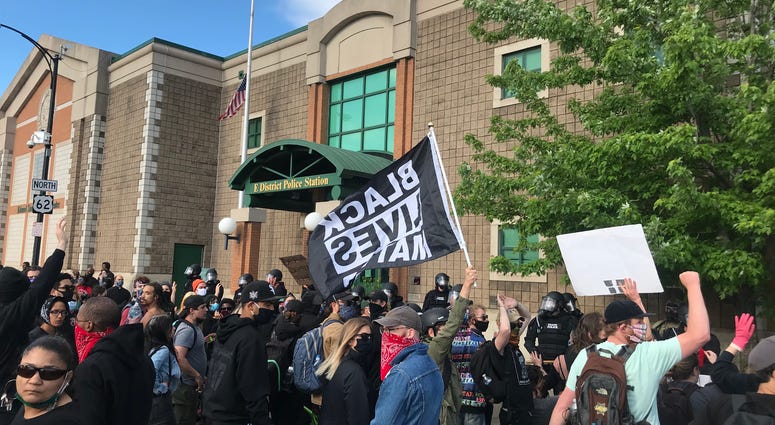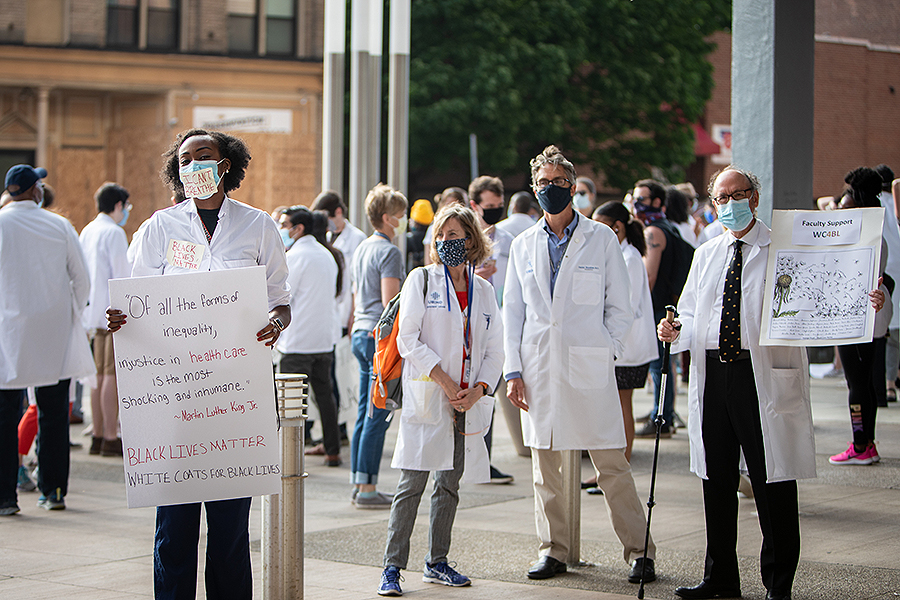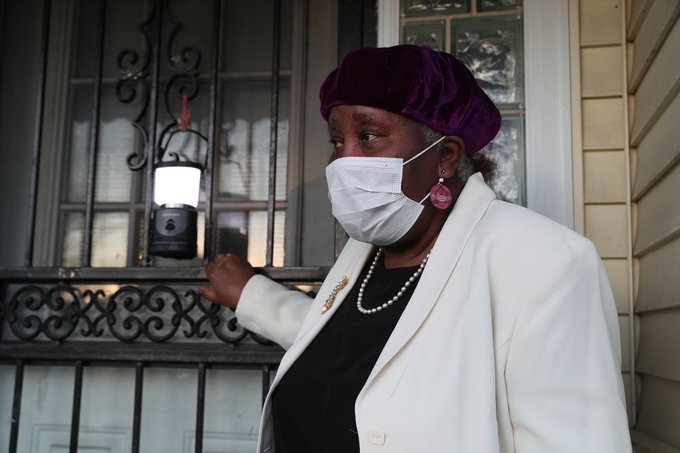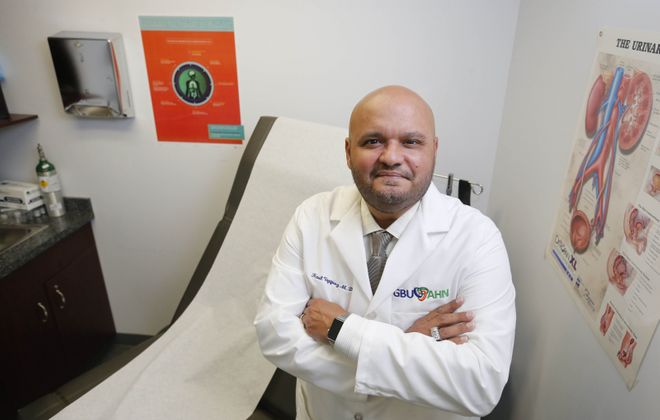Report: PPP loan program shortchanged Buffalo’s Black neighborhoods
By Jerry Zremski
Read the full article from Buffalo News, here.
“The federal government’s main effort to rescue small businesses during the pandemic tended to benefit wealthier neighborhoods far more than predominantly Black parts of metro Buffalo, according to a new study by a group that researches federal policy and its implications nationwide. The study found that the ZIP code with the largest Black population in Buffalo, on the city’s East Side, received the smallest number of loans. Meanwhile, the most loans locally went to the 14221 ZIP code, which includes Williamsville and parts of Amherst and Clarence.”
